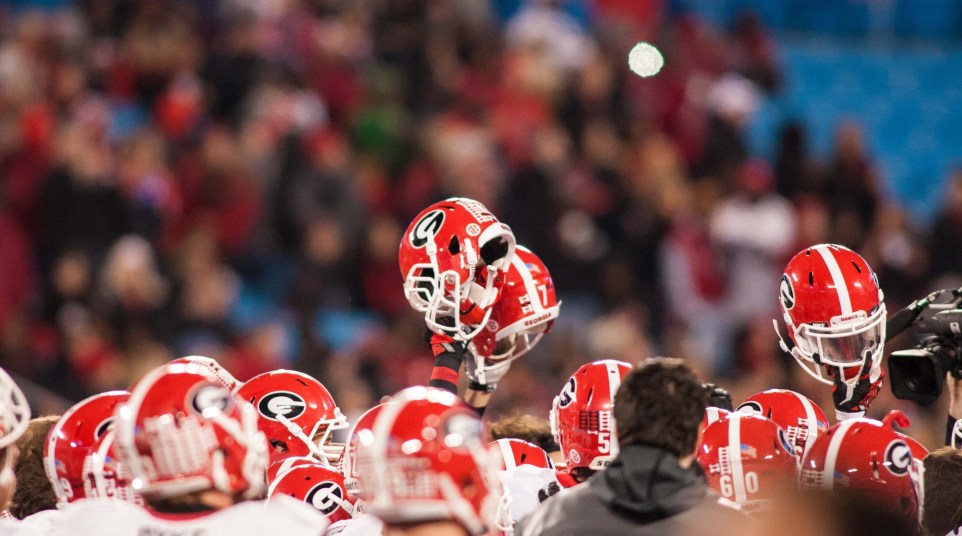Banner bowl season doesn't make the East top dog yet
Remember when the SEC East was the side of the conference holding the SEC back from all-out dominance? It’s been a long two weeks since then.
In that time, the SEC East went 5-0 in bowl season, while the powerhouse West was a meager 2-5. Does that mean that fortunes have been reversed, that the East is now the top dog in the SEC?
Let’s pump the brakes on that. The West was by far the better division in 2014, no matter what the bowl records say. There’s a reason the West’s seven bowl teams were playing opponents that averaged nine wins coming into their bowl games (the East’s opponents averaged less than eight wins) and the division had three representatives in the New Year’s Six games.
The West’s 28-0 non-conference record came in what looks like a down year for the division, scary as that may be. Auburn, LSU and Texas A&M, teams that have been at or near the top of the college football world in recent years, were all decidedly down this year. Alabama overachieved all year, Arkansas is lurking as a power and the two Mississippi schools have thrust themselves into national relevance.
Just as the West’s 2-5 record isn’t a referendum on the division’s overall strength, the East’s 5-0 mark doesn’t make them the better division overnight, but it is a clear sign that the lesser division is on its way back up.
All season, when various coaches were asked about the disparity between East and West, they would say the relative successes and failures around the league are cyclical. Just as Florida and Tennessee dominated the 1990s and early-2000s, the Alabama schools and LSU owned most of the 00s and into this decade. The division ebbs and flows.
Tennessee, one of the traditional powers in the East, showed its on its way back to relevance this year, adding an exclamation point with its bowl win over Iowa, the school’s first since the 2008 Outback Bowl. The Volunteers have one of the top recruiting classes in the country to add to a talented group of young players already on hand. All signs point to Tennessee returning to at least East prominence in the near future, a good sign for the division’s health.
Florida’s reemergence would be another positive mark on the East’s bill of health. While the Gators won their bowl game, things are going to look different in Gainesville next year. New coach Jim McElwain has proven he can run an offense in the SEC, and he’ll have to deliver that as the head man at Florida; the Gators are at their best when they’re a prolific offensive team. If they get back to that identity, it makes the East that much more treacherous.
Meanwhile, Georgia has gone nowhere, and they keep bringing in the same talent year after year. Mark Richt’s teams have been very close to the pinnacle, they just haven’t broken through yet. Missouri, in just three years in the conference, has shown it simply knows how to win in the SEC. While it’s hard to quantify how they do it, their success is undeniable.
South Carolina’s bowl win is a bit iffier in terms of what it shows about them. This year was the Gamecocks’ worst under Steve Spurrier, and it marked the end of an era, as nearly every player that contributed to the team’s 33-win, three-year run is now gone. If Carolina can bounce back and maintain national relevance, that’s a major boon for the division.
The East’s two teams that didn’t qualify for bowls, Kentucky and Vanderbilt, both have major questions. Mark Stoops appeared to have the Wildcats turned around in just his second year, but they finished the season on a six-game losing streak. Vanderbilt built up momentum under James Franklin, but went the wrong way in Derek Mason’s first year.
Bowl wins can help make a season, far more than they can invalidate the work a team had done up to that point. While the West had a bowl season it would like to forget, the East’s run points to a brighter future where the conference isn’t titled to heavily in the West’s favor.

